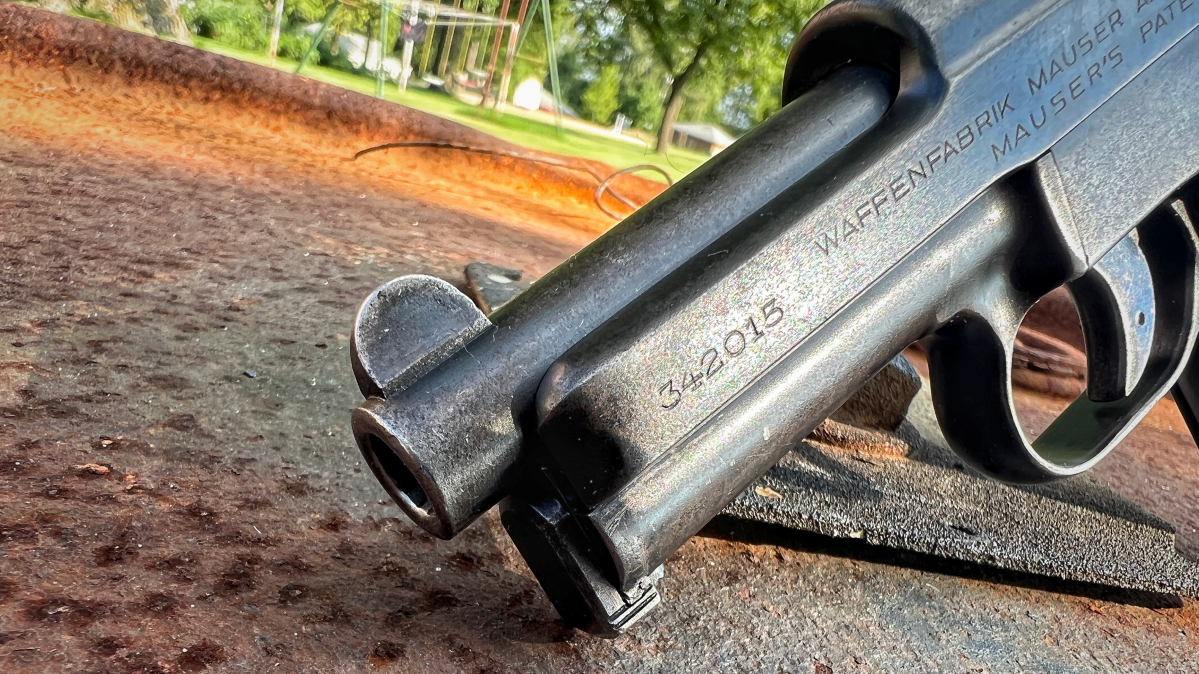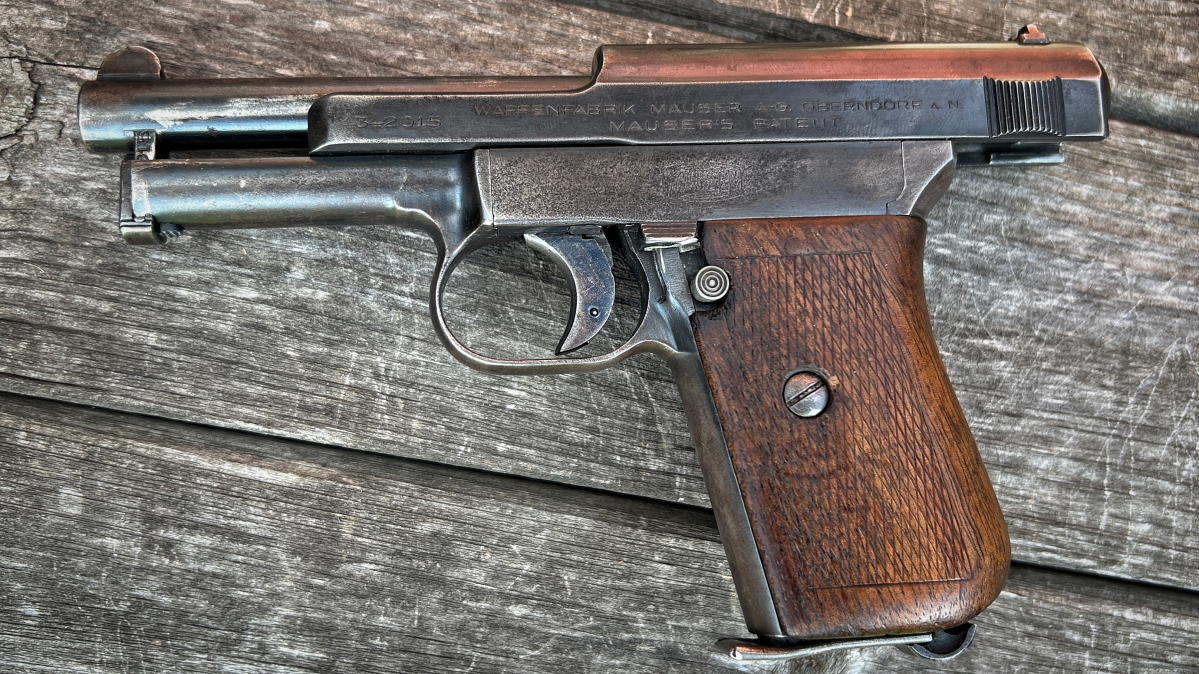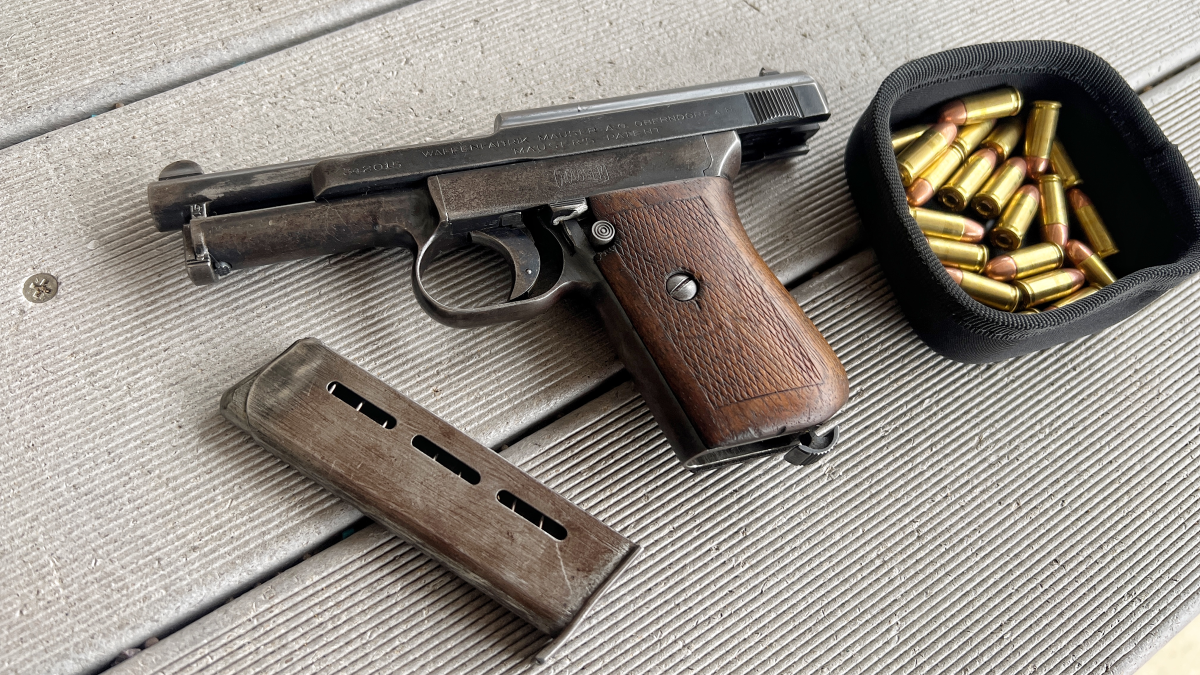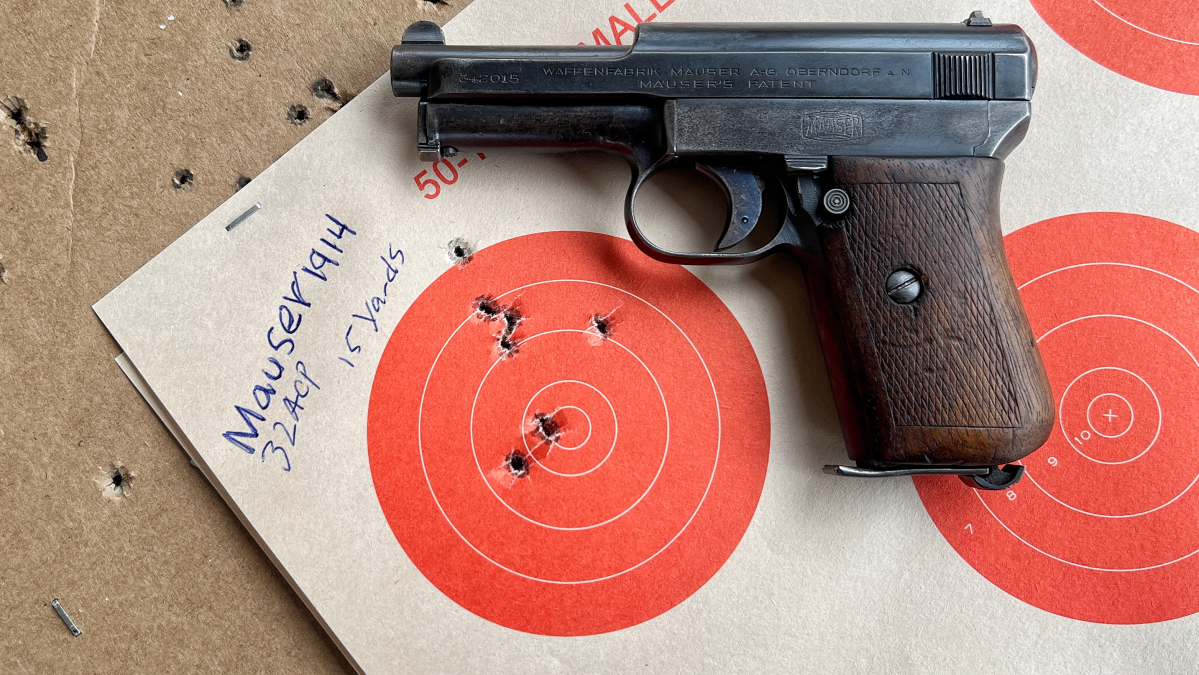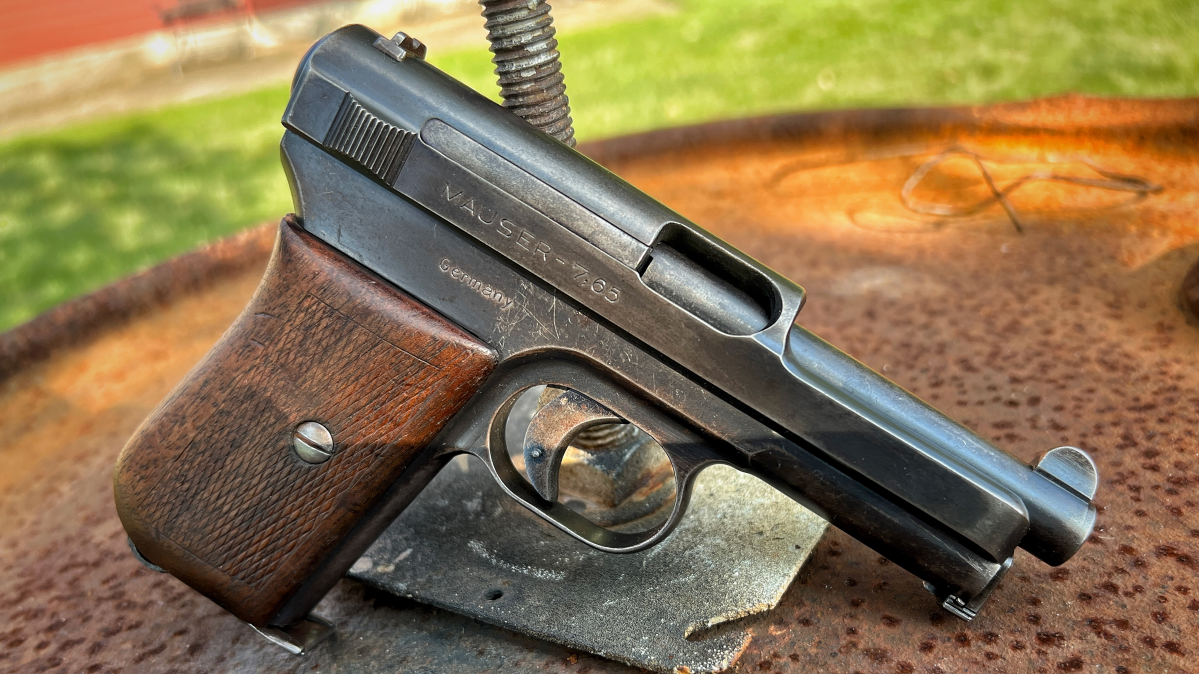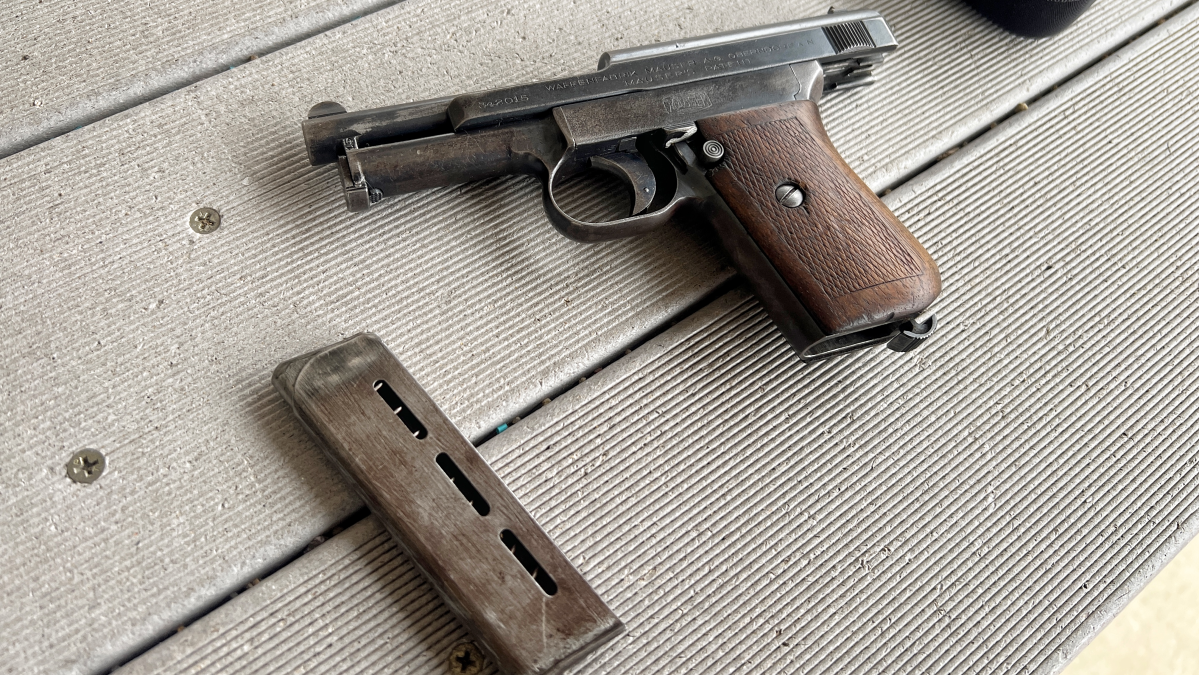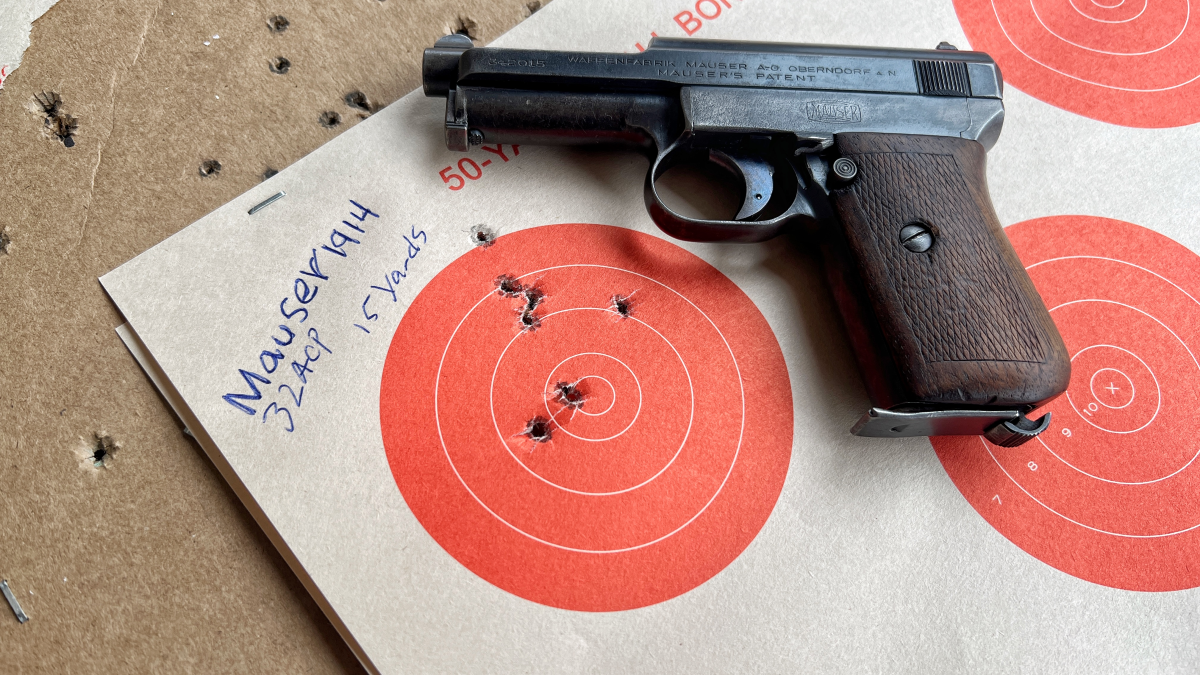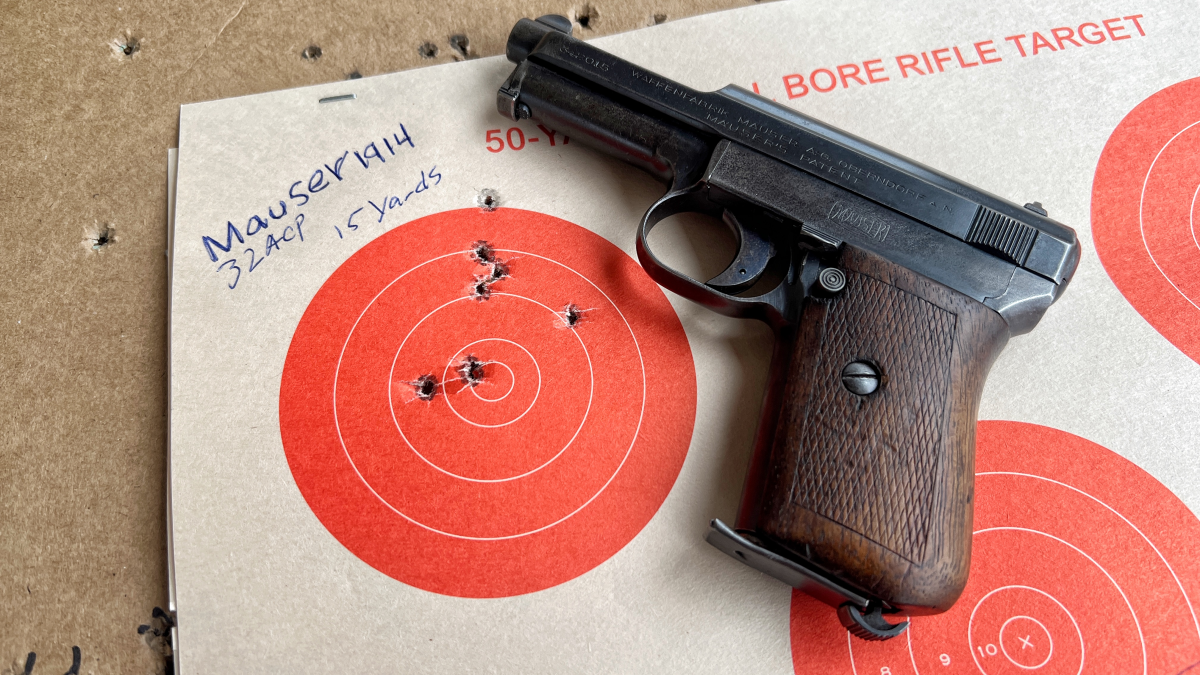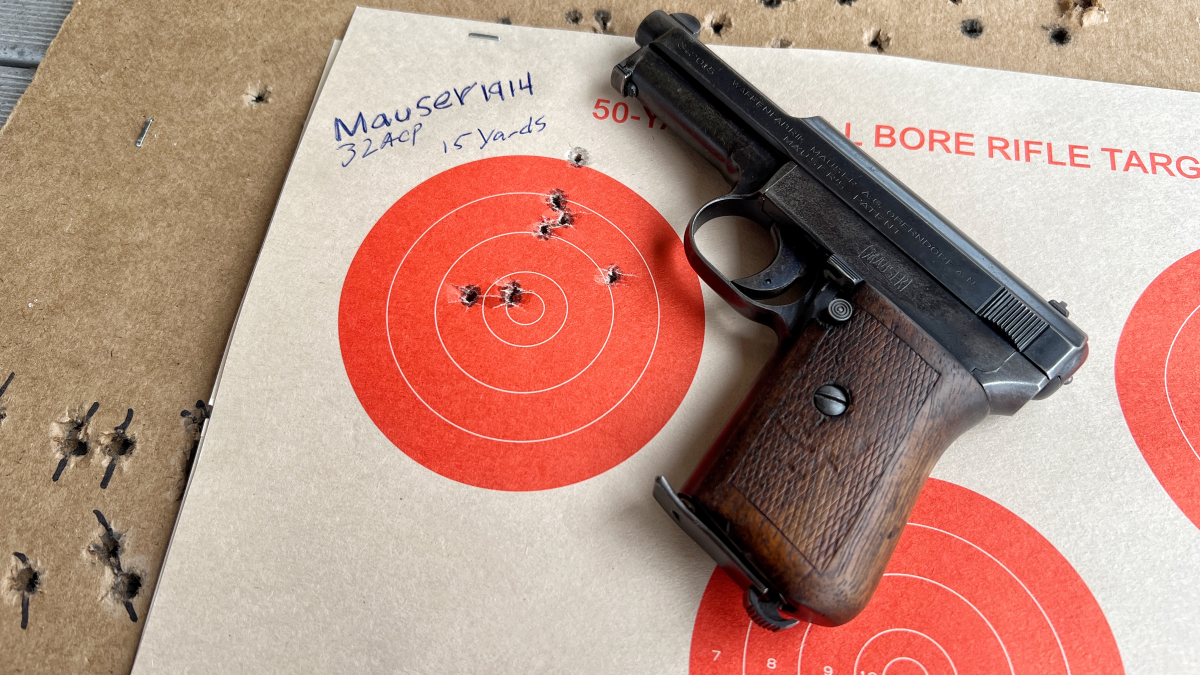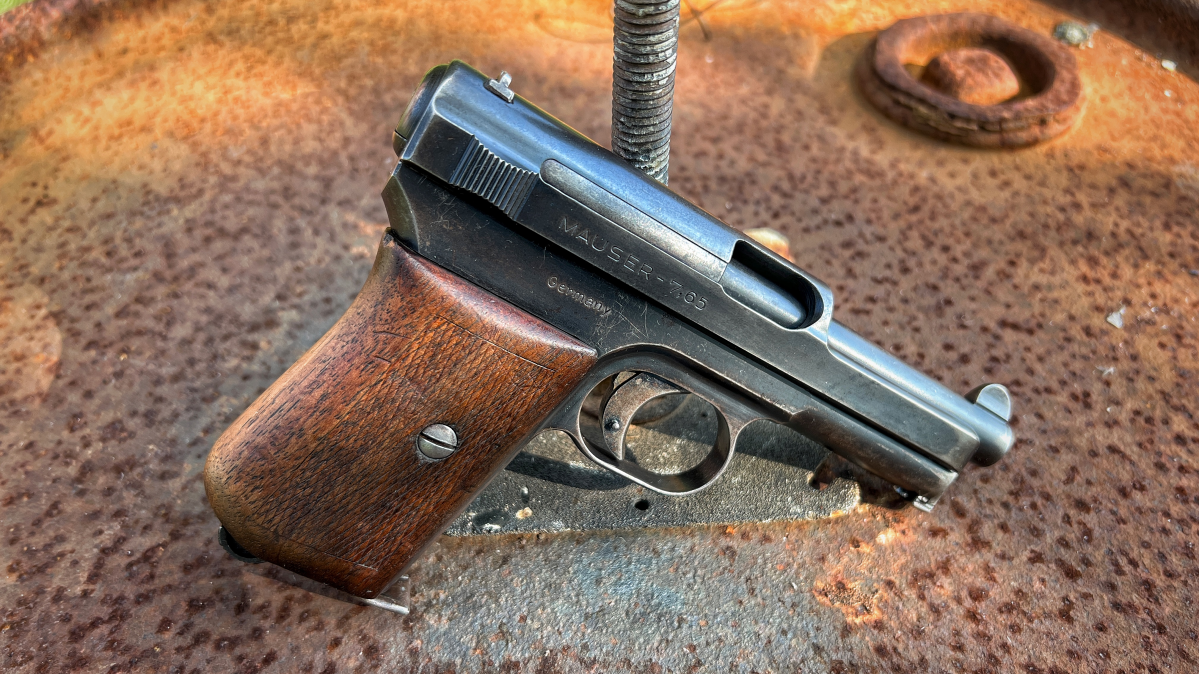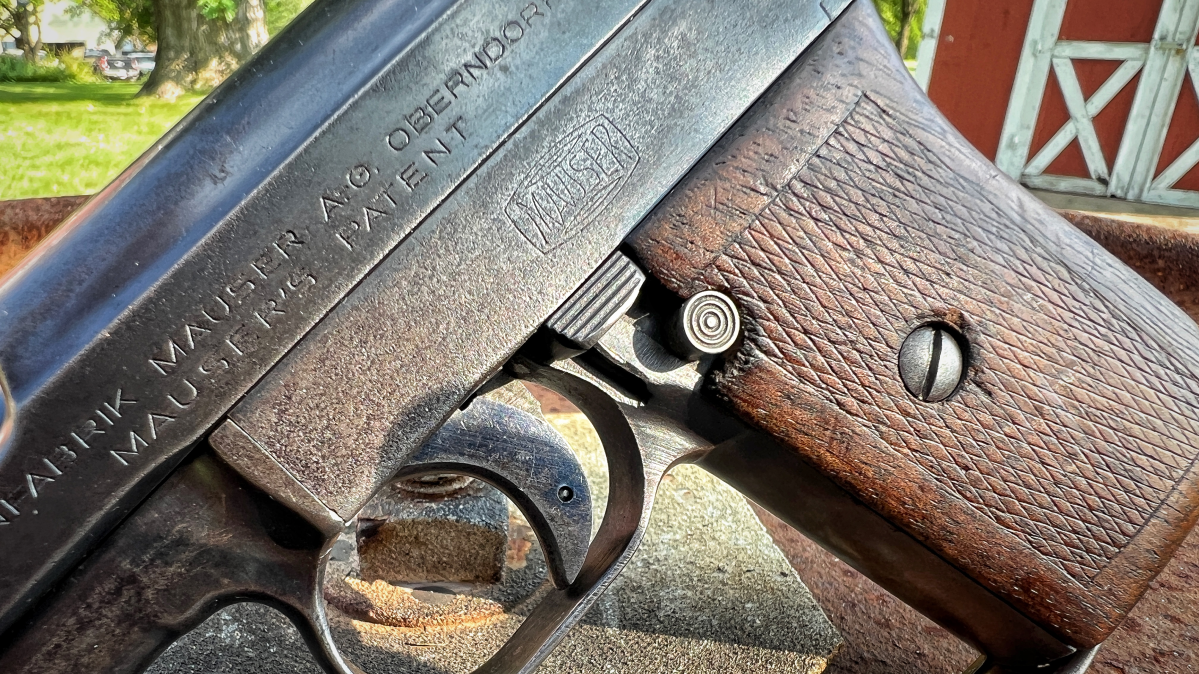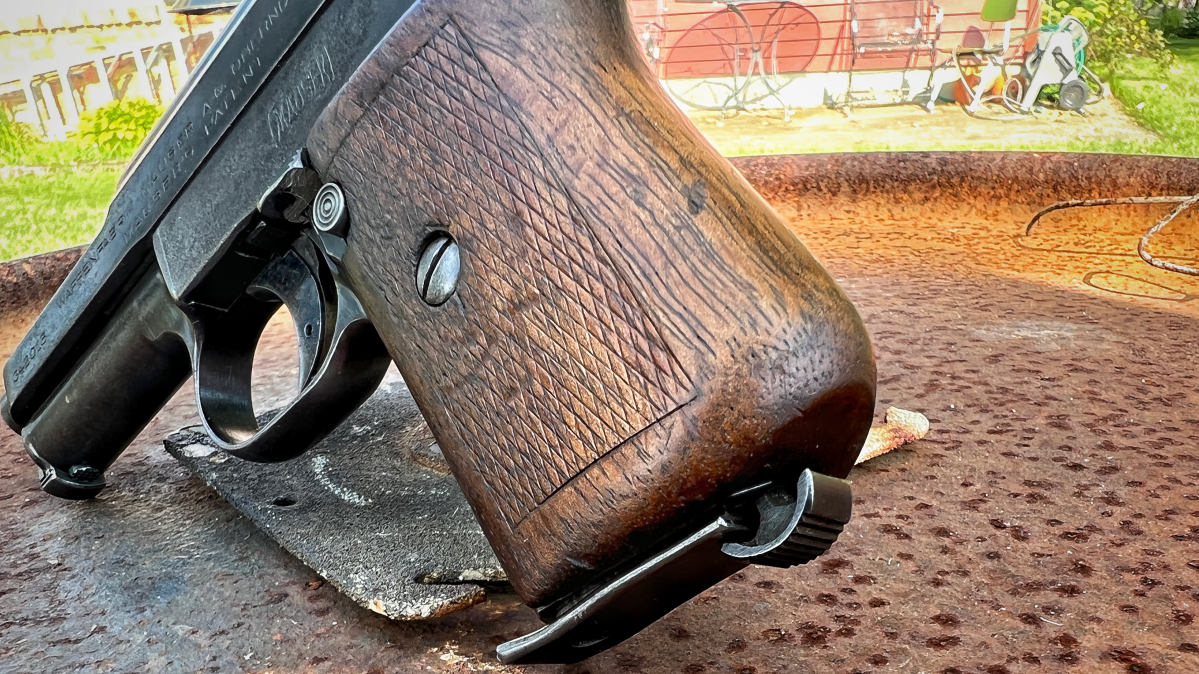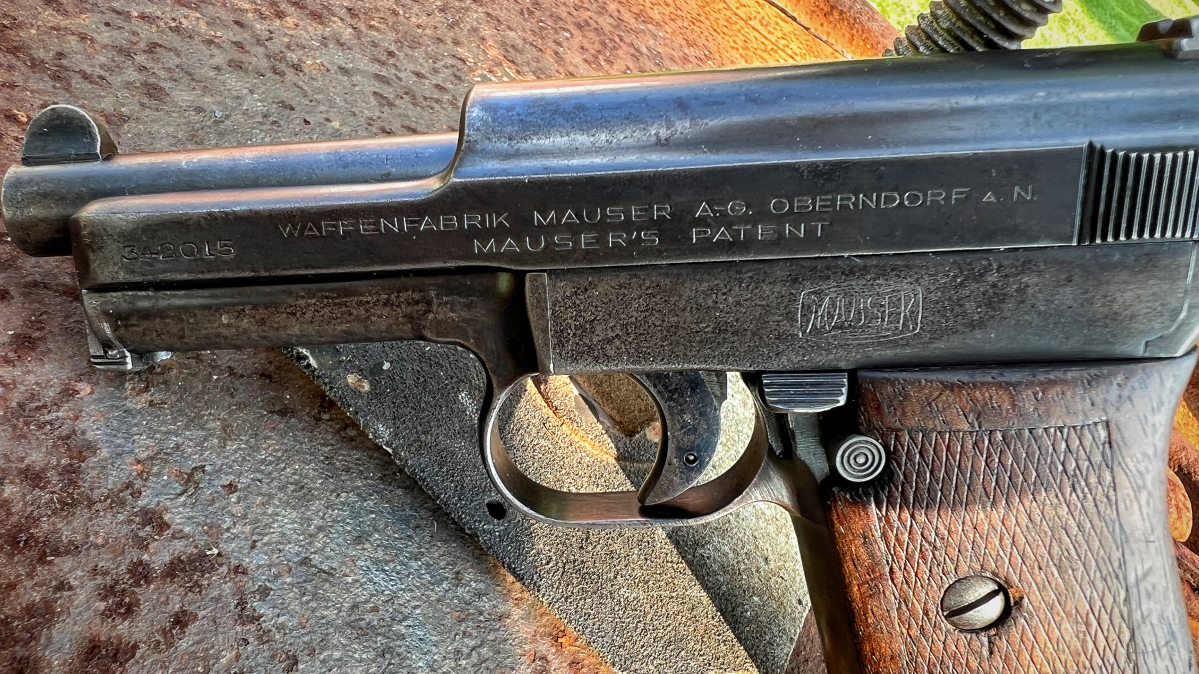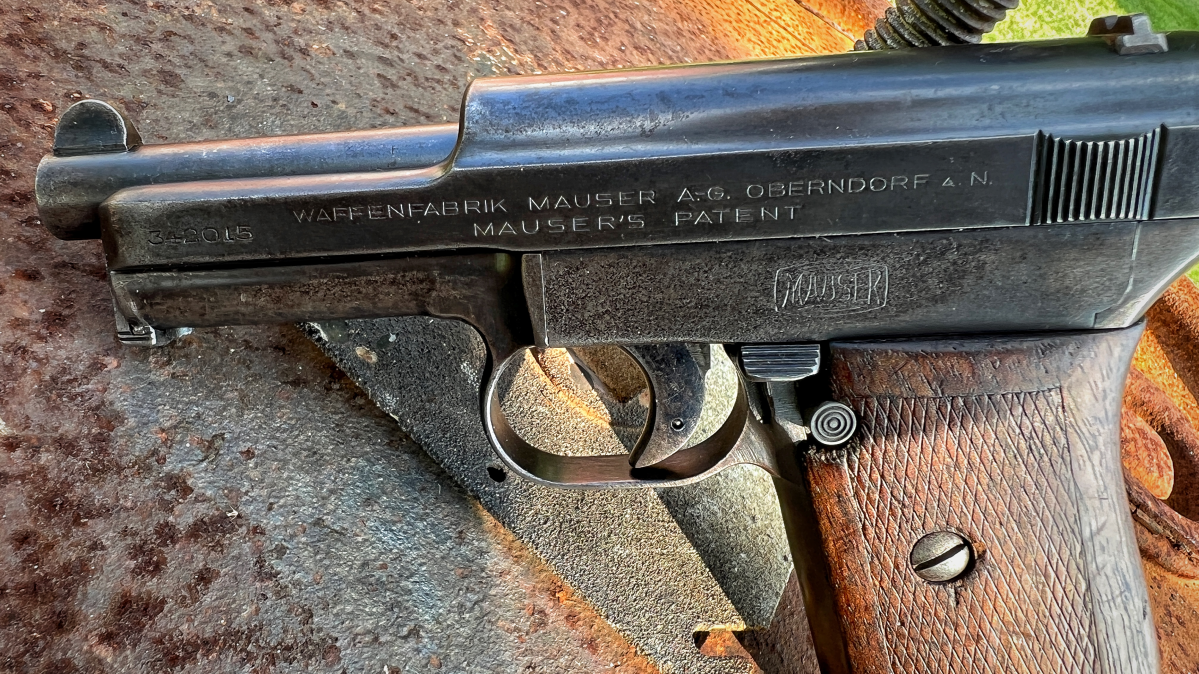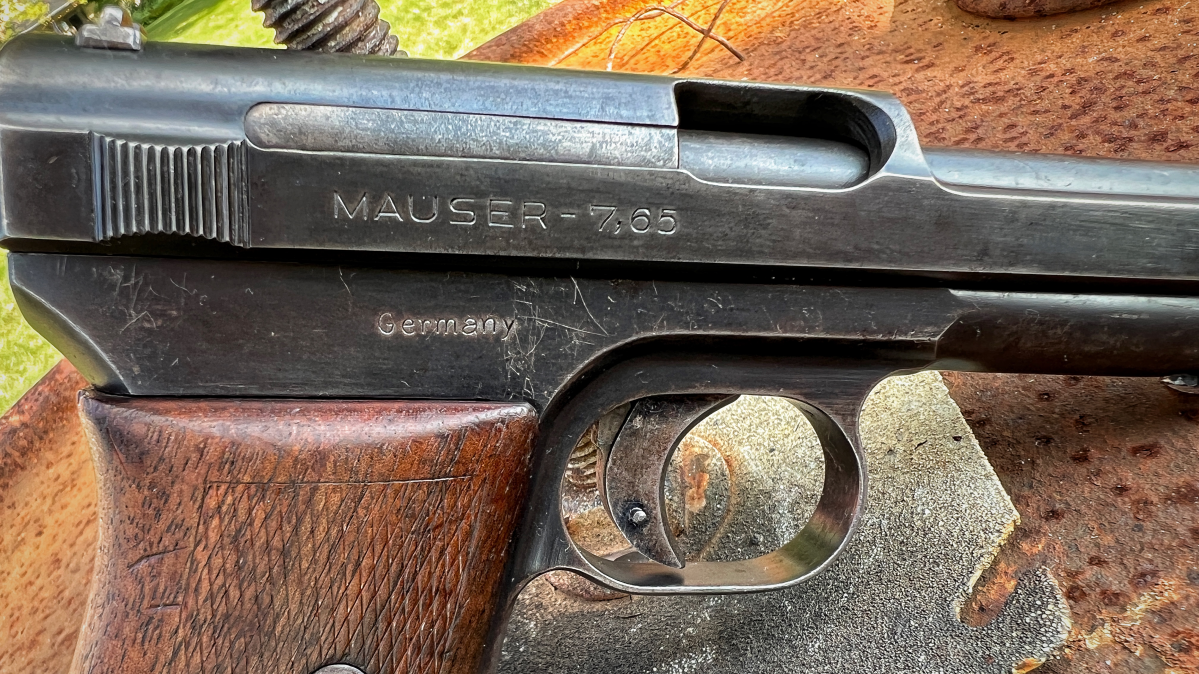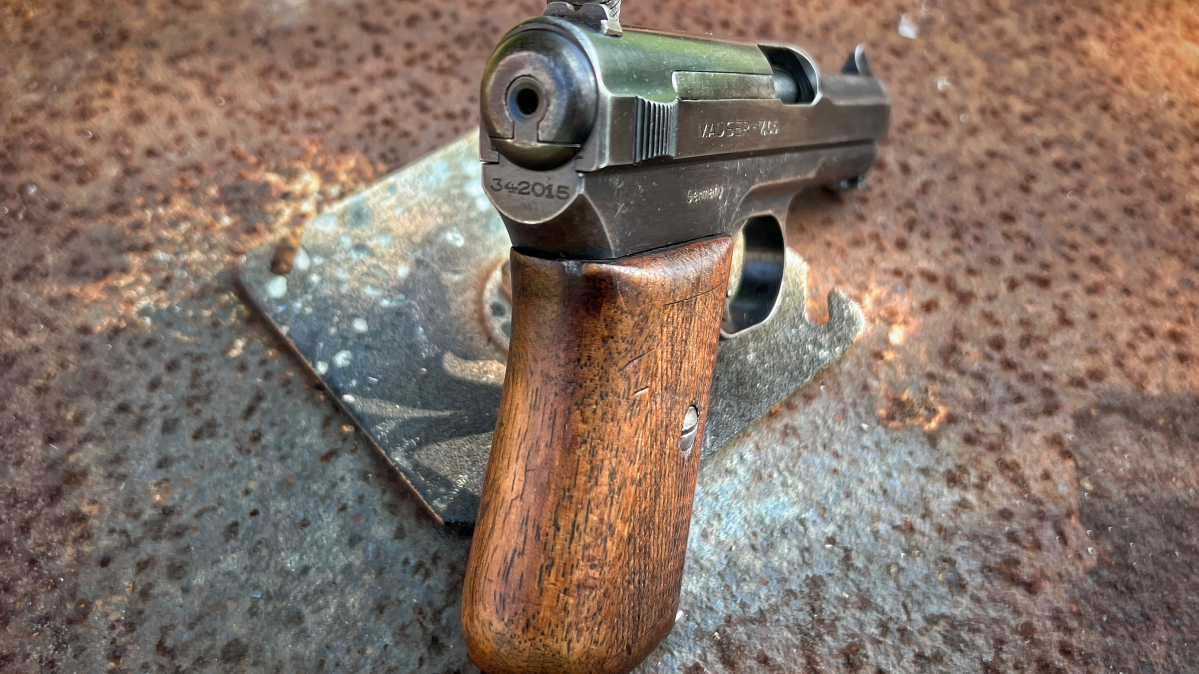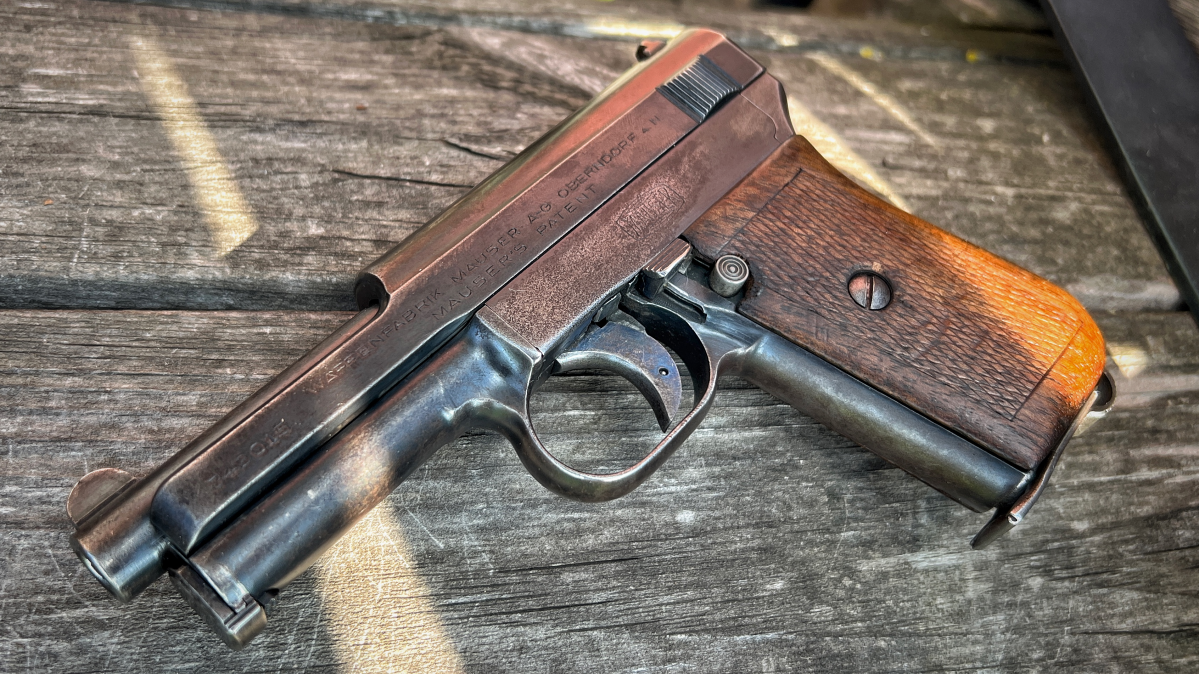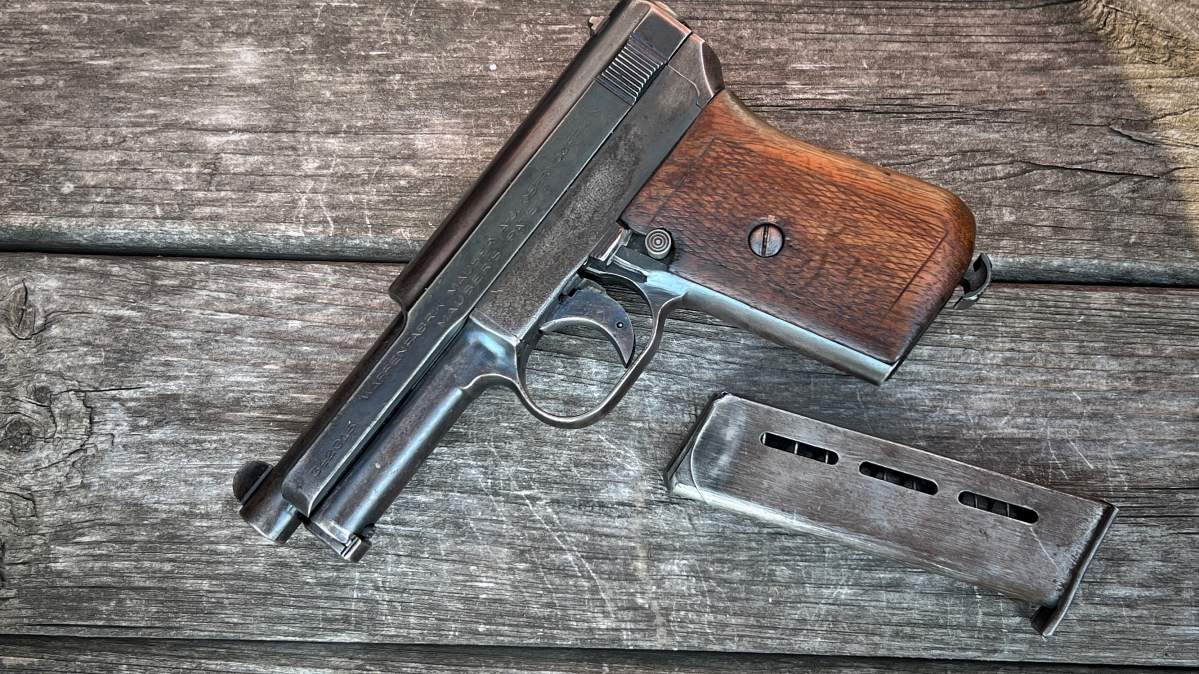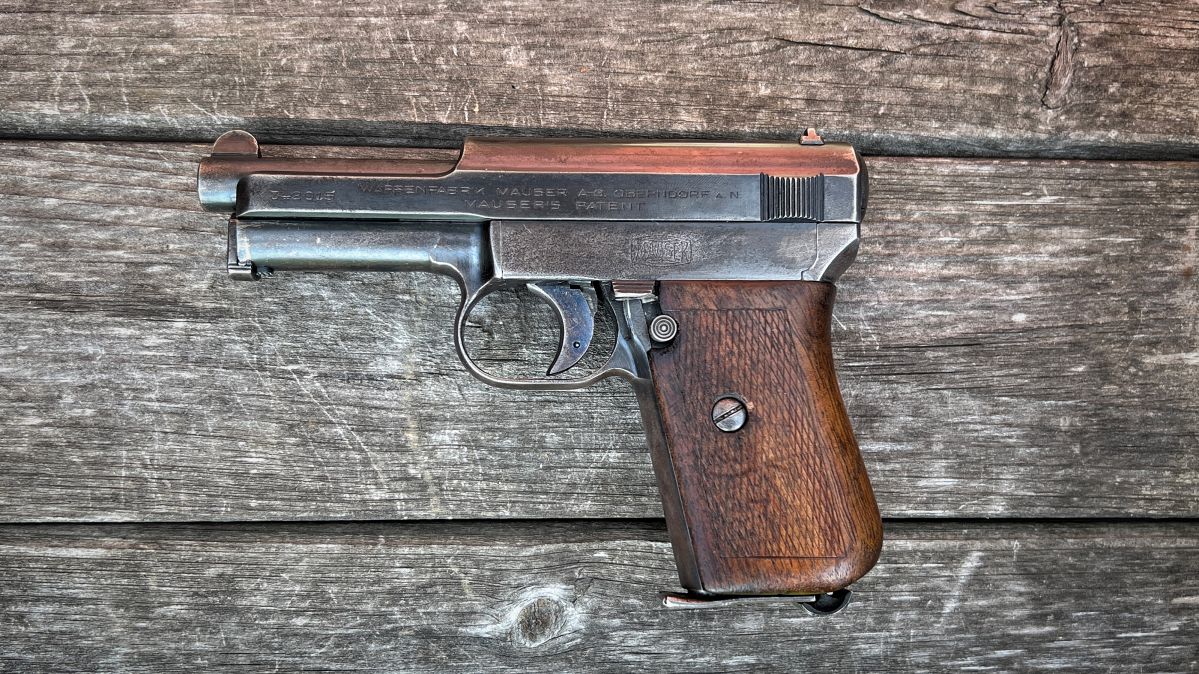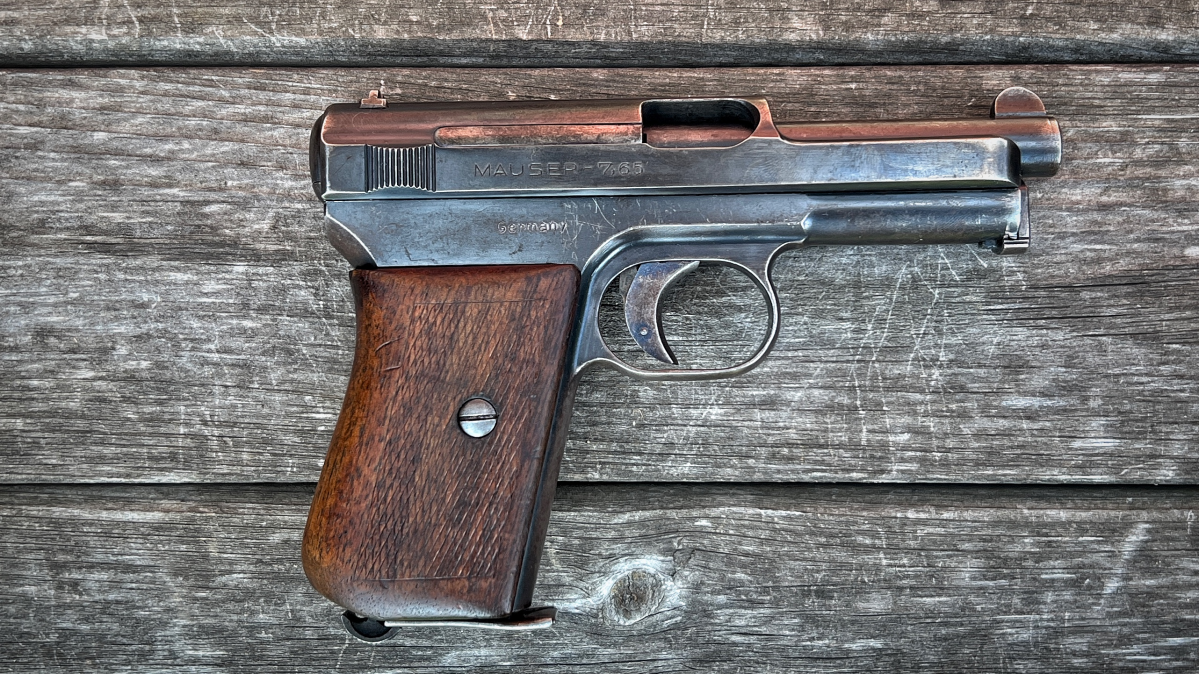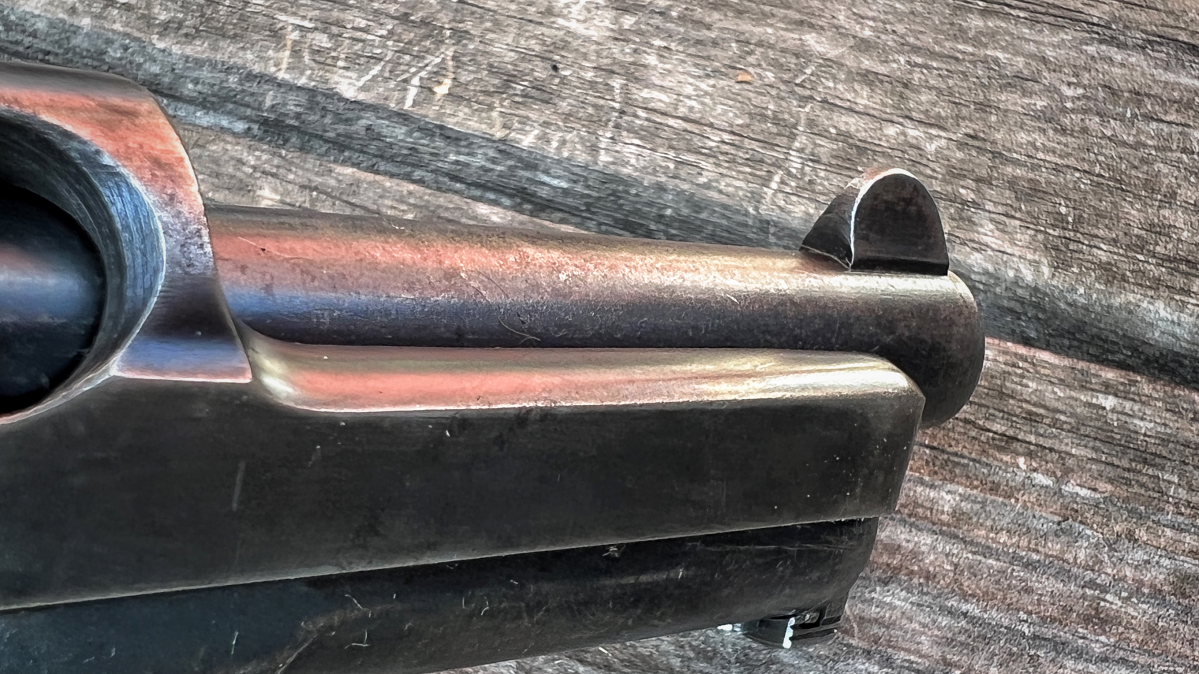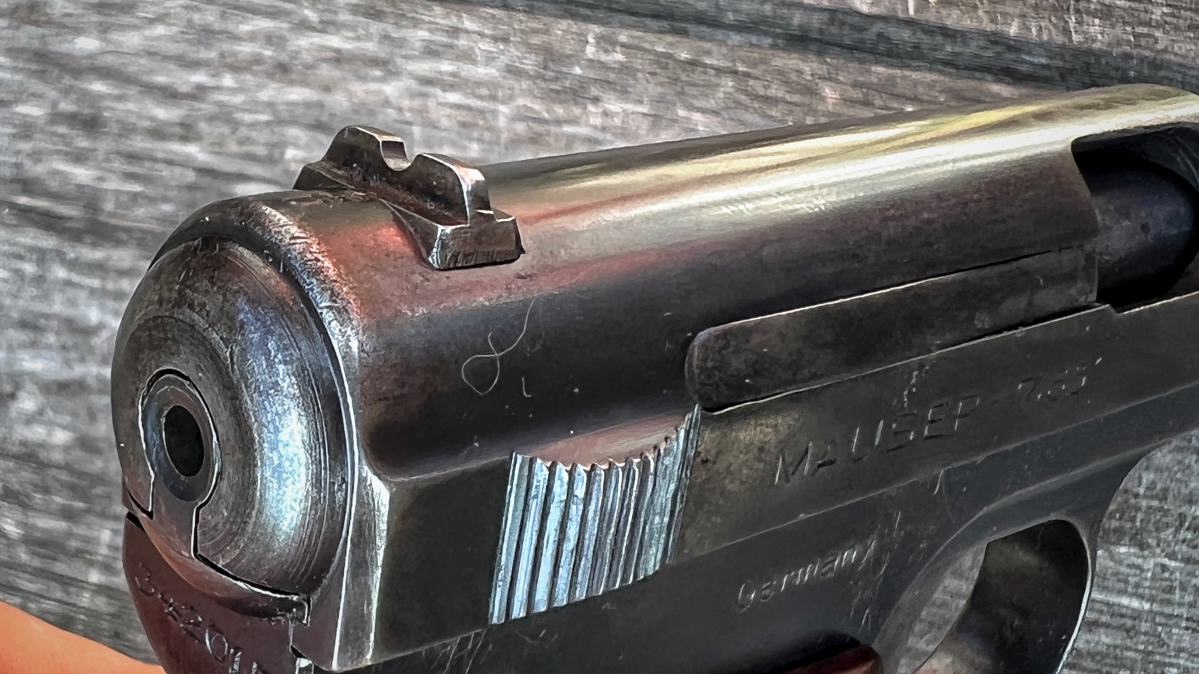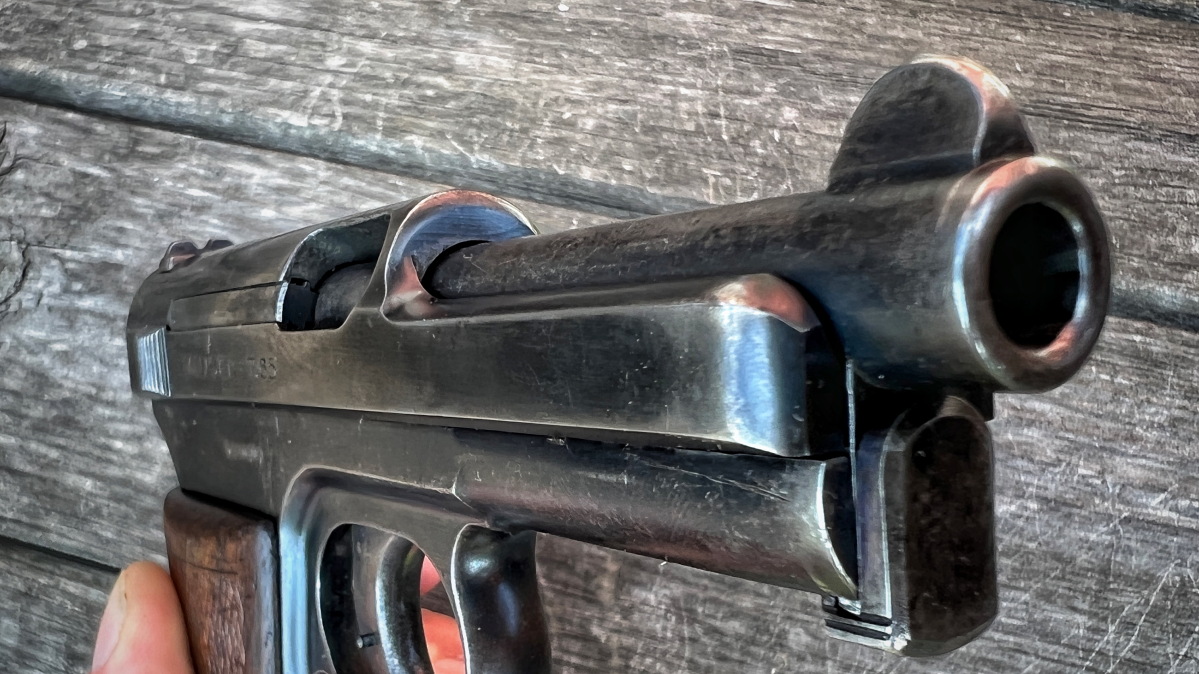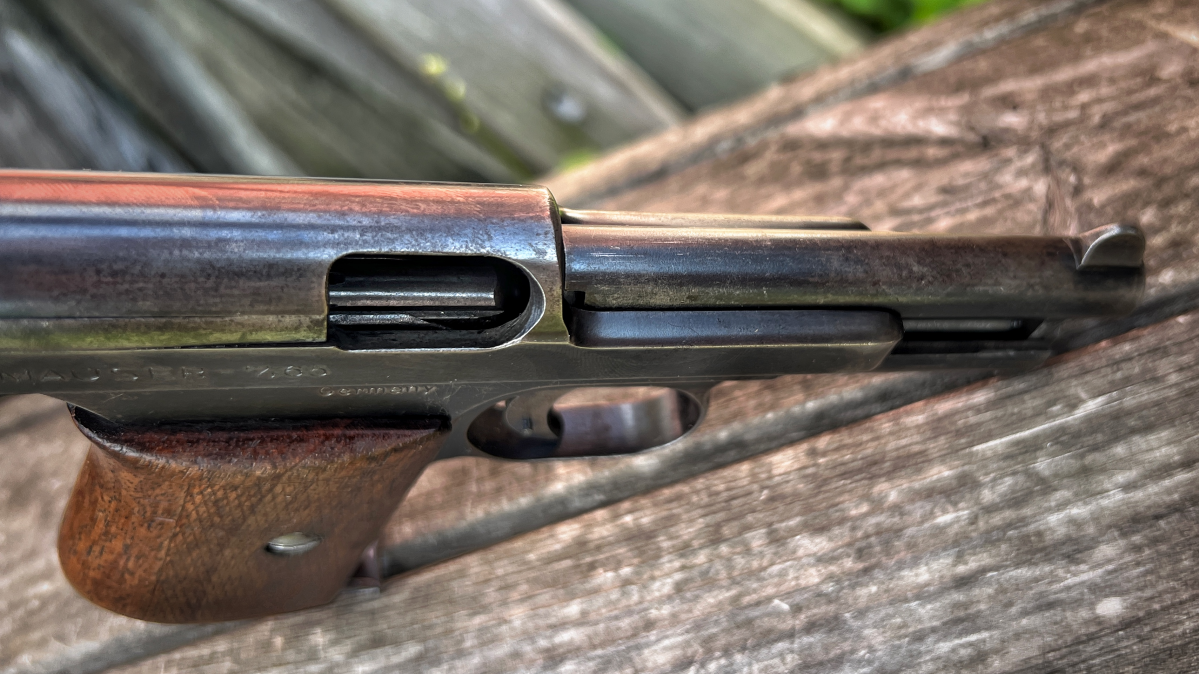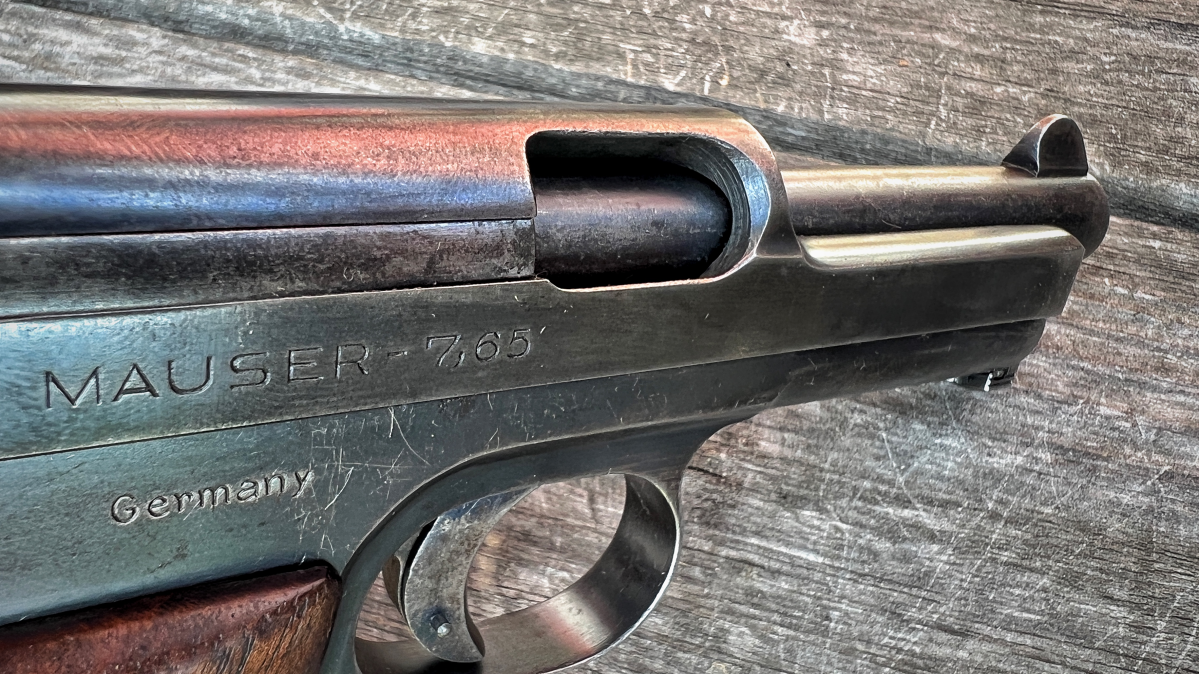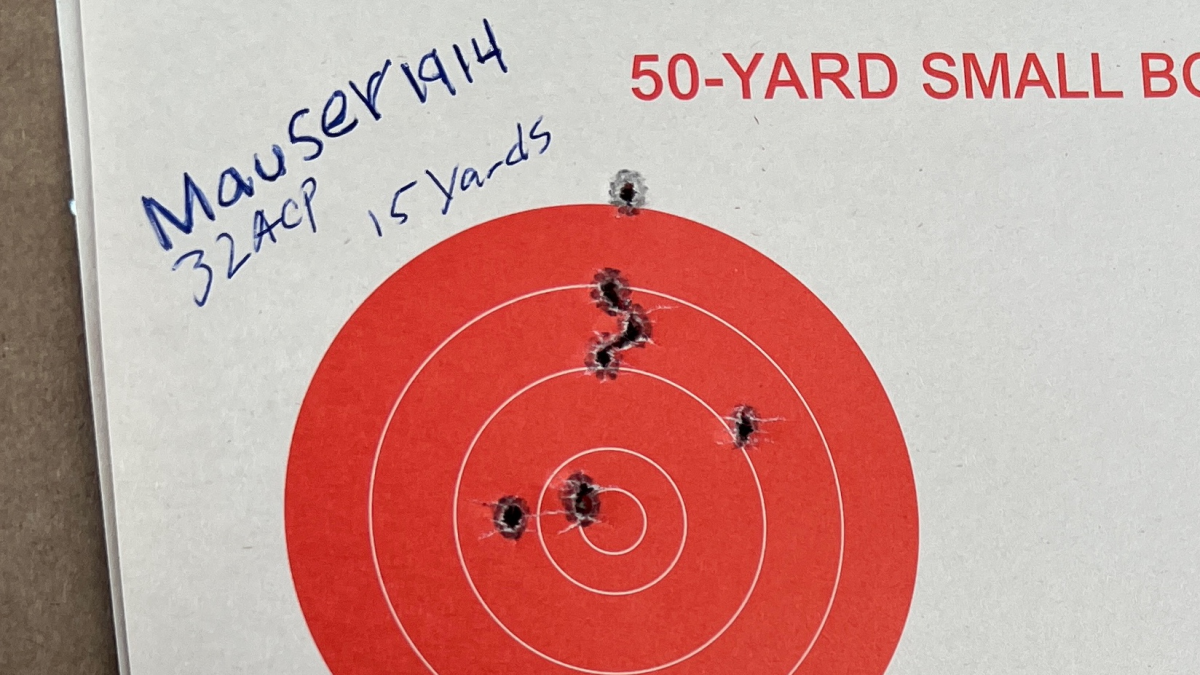Curious Relics #048: Dependable Carry – The Mauser Model 1914 Part III
Sam.S 09.21.22

Welcome, if you are a newcomer to this fun bi-weekly segment of AllOutdoor.com! The last time around I covered the history and variations of a German pistol which was a small and quiet commercial success. In this article, we are closing out the Mauser Model 1914 and all of its quiet inside voice glory. Giving it a send-off with dating, aftermarket parts and accessories, and a range trip. Let’s dive right into the rabbit hole!
Welcome to our recurring series of “Curious Relics.” Here, we want to share all of our experiences, knowledge, misadventures, and passion for older firearms that one might categorize as a Curio & Relic – any firearm that is at least 50 years old according to the ATF. Hopefully along the way you can garner a greater appreciation for older firearms like we do, and simultaneously you can teach us things as well through sharing your own expertise and thoughts in the Comments. Understanding the firearms of old, their importance, and their development which lead to many of the arms we now cherish today is incredibly fascinating and we hope you enjoy what we have to share, too!
Dating: Mauser Model 1914
Like many older firearms in this segment, the Mauser Model 1914 and its wider family of Mauser pocket pistols are tricky to date. Their production run saw wide winding dips and leaps like a boom during World War One and World War Two. The significant dips were for the most part in the 1930s. Like the previously covered FN pistols, these are going to be decipherable by their serial numbers and script/stamp usage. It would be several articles worth of explanation for every possible year so for the sake of this article and all of our sanity I think I will just search for the year of mine. From what I have read it seems the Mauser pocket pistols have consecutive serial numbers with the first variation starting around 2850 and ranging until roughly 13500. World War One production was an astonishing range of 13500 to roughly 290100. That range is said to have san serif font in all capital letters. Some wartime guns do not have a Mauser logo for unknown reasons.
“WAFFENFABRIK MAUSER A.G. OBERNDORFA.N. MAUSER’S PATENT”
The next serial number range I saw was 290100 to roughly 467700 and apparently, that is a year-based range (luckily for me) going from 1923 to 1929. These have a two-lined Mauser inscription rather than one line like before. My serial number sits at 342015 which puts it somewhere in the middle of that spread of years. It can be narrowed further however since the Mauser logo was absent on earlier pistols in this span and around serial number 461000 the “Mauser-7.65” on the right side of the slide was changed to “Cal 7.65”. Earlier pistols in this range also had ramp sights instead of the half-moon style mine has. The finish also changed to a salt blue very late in the range. I know that pistols made in early 1926 started around the 35600 serial number which would probably narrow mine to around 1924 or 1925. If I was a betting man I would wager it is more around 1925 judging by all the research I have been able to sort through.
Most of this information came from the website listed here. I highly recommend giving it a read if you are more curious about your relic!
Specifications: Mauser Model 1914
As usual, I have to contain the specifications of my personal pistol. Yours may be different. I will sprinkle in little things like different grips and so on because they are common enough. The only time you ever see these pistols looking like different animals altogether is when they were factory custom ordered back in the day.
- Years Produced: From 1914 to Roughly 1945
- Number Manufactured: Sources say anywhere from 500,000 to 1 Million ( I would wager around 650,000 judging by the serial number ranges)
- Operating System: Straight Blowback
- Chambering: 32 ACP
- Barrel Length: 3.4 Inches
- Overall Length: 6.1 inches from heel to crown
- Weight: Roughly 1.3 Pounds
- Action: Single Action
- Safety: Manual Right-Handed Thumb Safety, located where modern magazine releases are.
- Capacity: 8 box magazine
- Front Sight: Fixed Front Half Moon
- Rear Sight: Dovetailed Rear Round Notch
- Grip: Checkered Walnut, Black Plastic
After Market Parts & Accessories: Mauser Model 1914
As far as aftermarket parts go things are looking weirdly sparse and mixed up. Most of my usual stops do not know the difference between the Model 1910 and 1914 (granted some may be interchangeable). Numrich has a few choice parts like slides, springs, grips, and magazines. It probably has the most of any of the sites I will name. eBay always has something but it is prone to change, for example, there was a barrel I had been considering buying for some time and now it is gone. Jack First has piles of very random parts but I will take that over none at all…thanks a lot Sarco Inc. Beyond that stuff the only “accessory” style stuff I could find was some very nice walnut grips at Grips4U and eBay did have some holsters but all were original and spendy!
Range Time: Mauser Model 1914
I hate to admit it but I have only ever had one range day with my Mauser Model 1914. That being said, with the minor field experience I can confirm that it is a surprisingly pleasant shooter and I did not have any malfunctions in the roughly 30 rounds I put through it. Even a guy like me has a limited supply of 32 ACP on hand so I had to be frugal just enough.
I had this little guy out at the range months back when I was working with the FN 1910 that I had previously covered on Curious Relics. At 15 yards I managed to keep it close to a relatively small bullseye. It shot high or I shot high or a mix of both. After shooting the FN 1910 with its almost nonexistent sights the Mauser Model 1914 wildly outperformed it as far as accuracy goes. It was comfortable in the hand despite being a smaller gun and my hands being large-ish. It makes me curious to feel the “more modern” updated 1934 style grip. I feel like id like the older ones better because they are large grips as is all things considered and the 1934 models have a bigger palm swell. Recoil was very manageable and the manipulation of the gun (though strange when first handling) was simple and easy. When the gun has the slide locked to the rear on empty there is no slide release. When a magazine (empty or loaded) is fully inserted it will drop the slide. The safety is odd by today’s standards but if I was carrying this pistol back in the 20s and 30s I feel like it would be completely accessible and except-able.
Conclusion: Mauser Model 1914
If I had more time and more 32 ACP this little guy would be getting a lot more attention. They are comfortable, reliable, and oftentimes affordable when you can find them. They are a cool cheap start to a collection of the Mauser pocket pistol family if you feel so inclined. I really enjoyed working with this pistol and I intend on doing more shooting in the future. Hopefully, I can snag the Model 1910 and give its time in the limelight. That is all for this one, folks, see you next time!
In closing, I hope our Curious Relics segment informed as well as entertained. This all was written in hopes of continued firearm appreciation and preservation. We did not just realize how guns were supposed to look and function. It was a long and tedious process that has shaped the world we live in. So, I put it to you! Is there a firearm out there that you feel does not get much notoriety? What should our next Curious Relics topic cover? As always, let us know all of your thoughts in the Comments below! We always appreciate your feedback.
